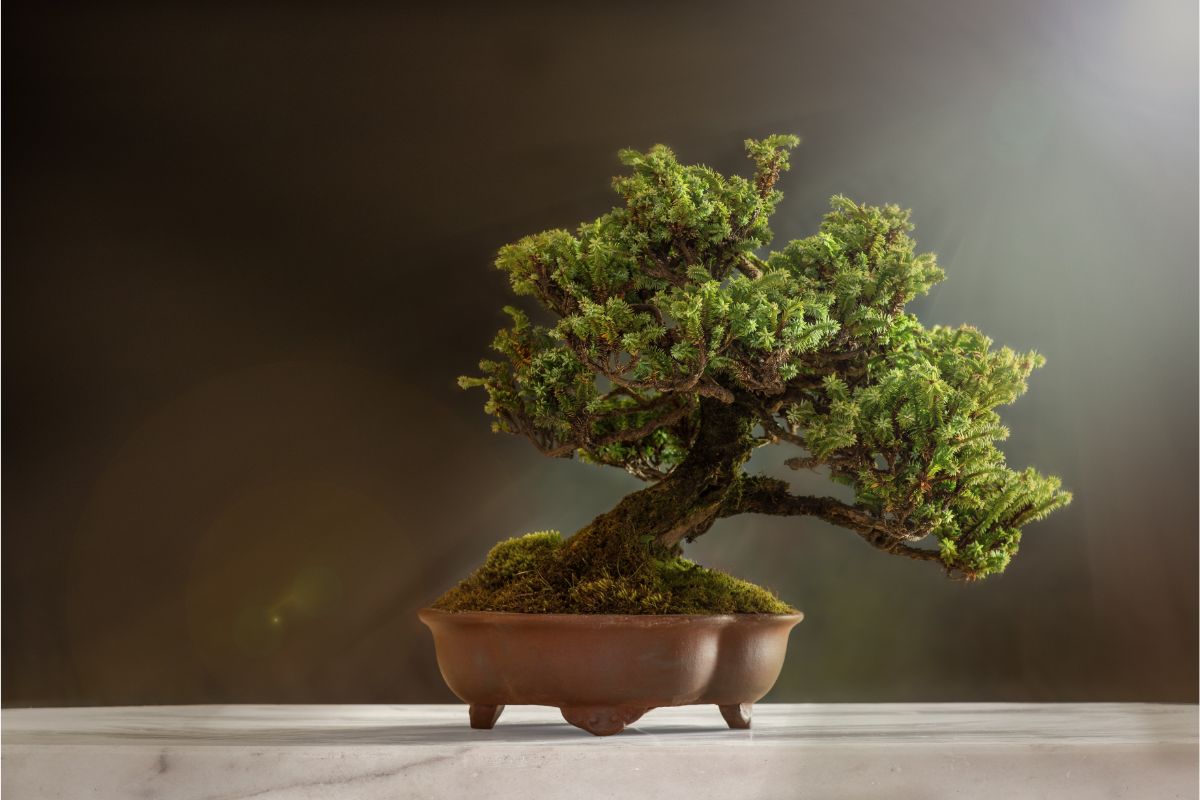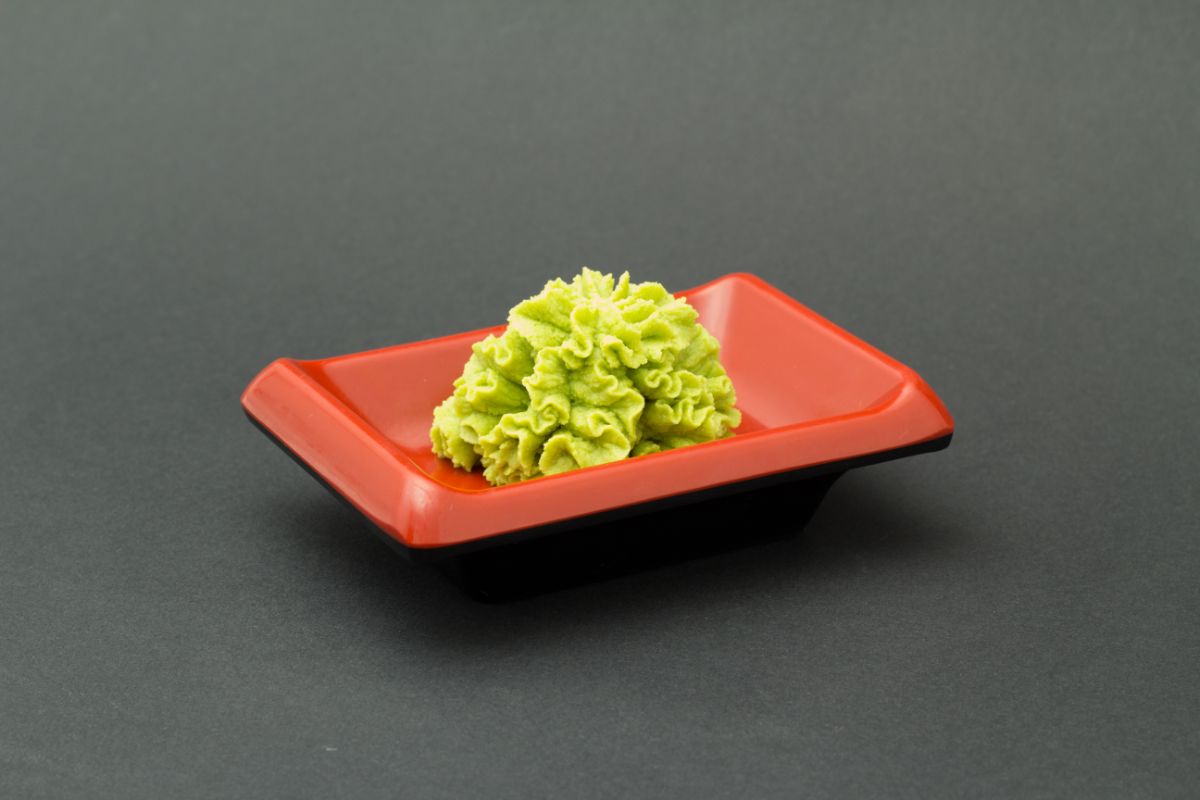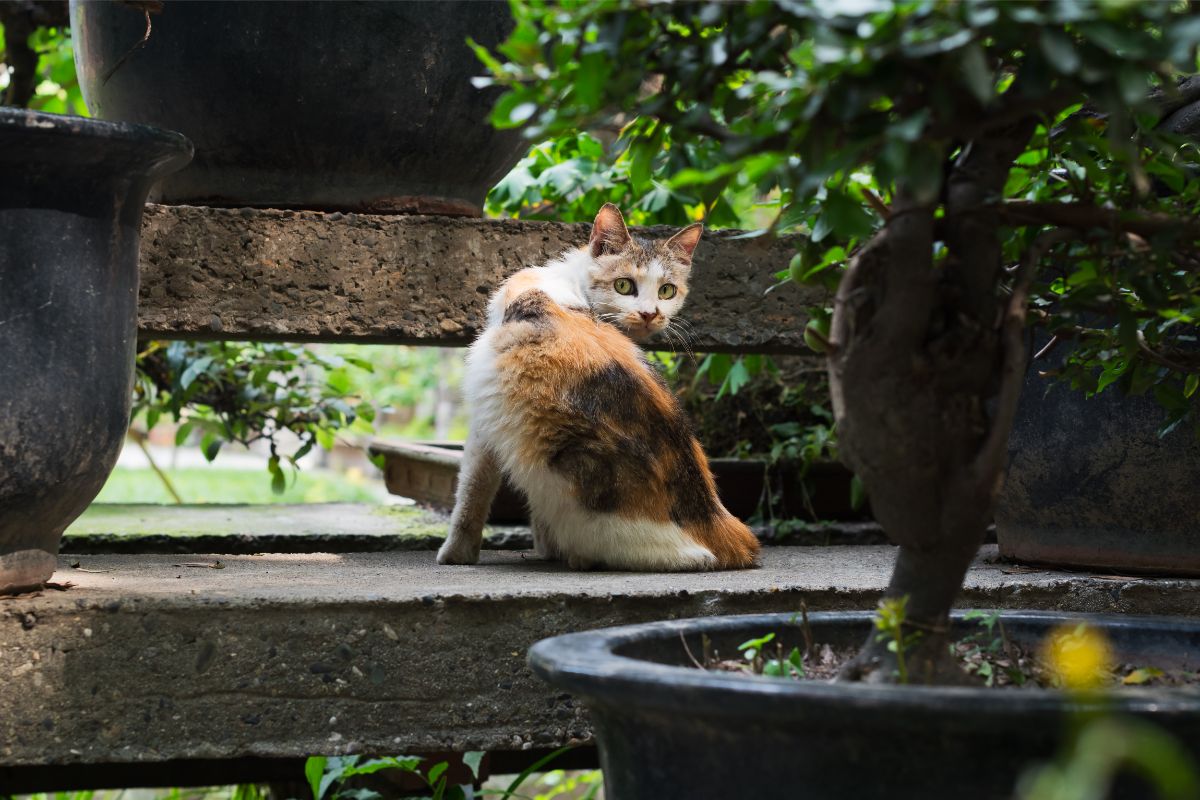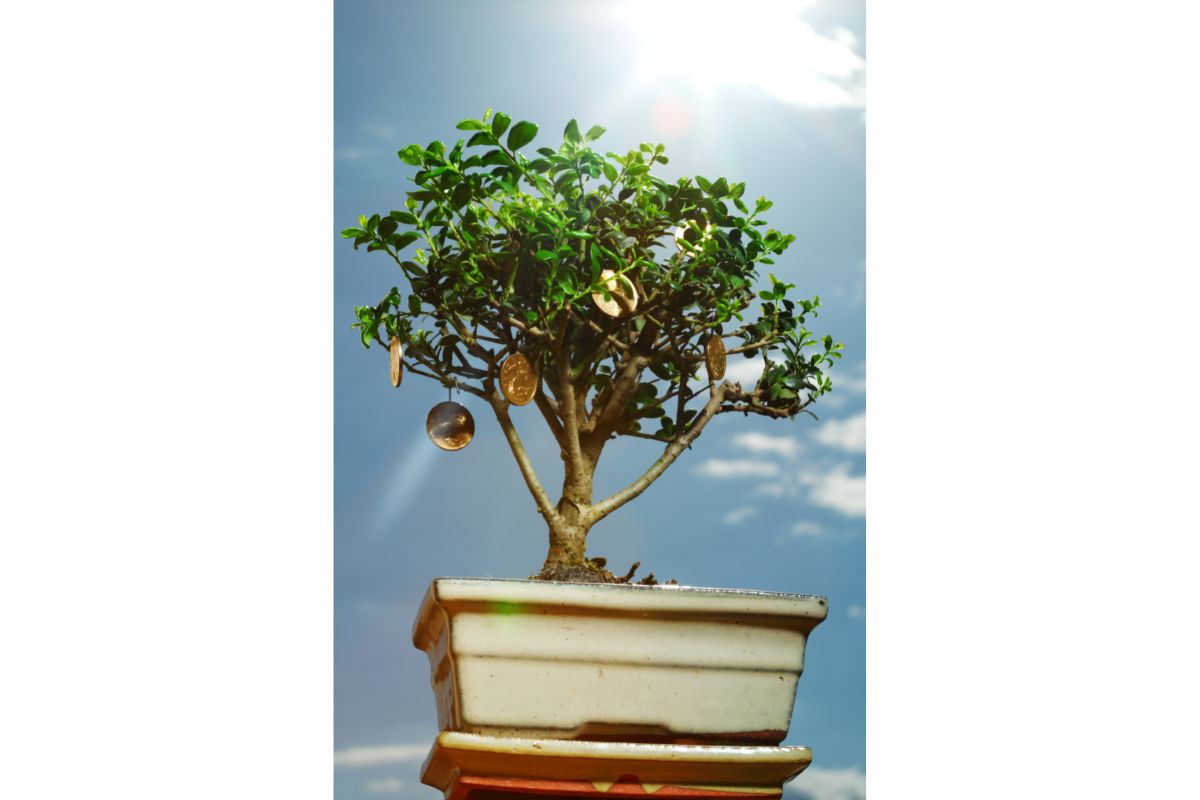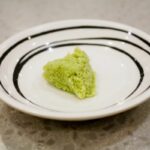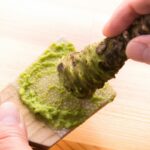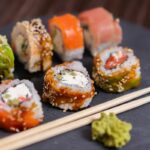For those who like to eat sushi, it is likely common knowledge that you pair it with wasabi in the hope that it kills bacteria. People have done this for as long as sushi (raw fish) has been eaten.
So, is it true? Actually, yes and no.

Wasabi has antibacterial properties. This is why it is used both in sushi and cosmetics. Even so, it doesn’t actually kill bacteria. The only thing it does is slow the spreading of bacteria.
In this article we shall take a look at wasabi in more detail. Does it actually kill bacteria on sushi? And why is it so expensive to produce?
Well, let’s find out!
Does Wasabi Kill Bacteria?
Wasabi, which is commonly referred to as Japanese horseradish, can help to reduce bacteria. When eaten alongside fish, it may actually inhibit any bacteria that is present making it much safer to eat.
However, whilst authentic wasabi is said to ‘kill’ the H.pylori bacteria found on fish (which can cause terrible and serious issues with the digestive system) you may find that the one you are eating isn’t real wasabi.
This is because wasabi isn’t cheap. It can be quite problematic to grow and harvest. Because of this, there is a good chance you are just eating regular horseradish. It likely has added mustard flour and cornstarch that has been given some green food coloring to make it look real.
Disappointing, right?
Despite that, in most cases, a person will not become ill after consuming sushi. This is because it is prepared in sanitized environments these days.
So the need for wasabi isn’t generally needed. Instead it is another way to add a different seasoning to the meal.
Why Does Wasabi Inhibit Bacteria?
Wasabi is spicy and commonly eaten with something like sashimi. This is because of the fear of food poisoning rather than for the taste – afterall, there are a number of people who don’t like the heat of wasabi.
Wasabi is known to include isothiocyanates which can help to inhibit bacterial growth. So, whilst common knowledge suggests that wasabi itself can kill bacteria, perhaps it just helps to prevent the growth of the bacteria, rather than killing it entirely?
Even so, it is still a great use for wasabi. If it makes someone feel safer when eating their beloved meal of sushi, then why not eat it together?
Is Wasabi Expensive?
Yes, wasabi is expensive to produce. When it is a real form of wasabi, it is taken from something called a rhizome which is a part of the wasabia japonica plant.
The fact it is expensive to both grow and harvest means many local restaurants will provide their customers with fake wasabi.
The majority of people will never know due to them both being spicy. Horseradish can produce a hot and spicy sensation, therefore is a great substitute. However, horseradish also includes isothiocyanates which can ‘kill’ bacteria.
So, whilst you may not be getting real wasabi at your local Japanese restaurant, it will have a similar effect. Who needs wasabi, then?

Can You Rely on Wasabi to Stop Bacteria?
Unfortunately, no. Whilst people rely on something like wasabi to kill bacteria from sushi, it isn’t a trusted method. This is because wasabi itself doesn’t kill bacteria, it only inhibits it. To put it simply, it slows the rate of bacteria down.
This means that if you team sashimi with a nice dollop of authentic wasabi, the bacteria will still be sat on the fish. The wasabi will help to stop the bacteria from multiplying at a crazy rate, but it won’t stop you from becoming ill.
However, as already mentioned, in today’s processes of sushi making, sanitary conditions are higher than they have ever been. The likelihood of a person becoming very unwell after eating sushi is low.
For this one reason alone, if you don’t enjoy wasabi, then you can stop eating it alongside your sushi and enjoy dipping it in soy sauce instead.
When it comes to sashimi, the fish needs to be ultra fresh to help avoid any problems. The way it is preserved too can make a big impact, too.
So, Wasabi Slow Downs the Growth Of Bacteria?
Yes, you heard that right. Whilst for years many people have believed that wasabi kills bacteria and parasites, unfortunately it just isn’t true. However, it does have its positives.
It has been proven that wasabi can slow the growth rate of bacteria such as e. Coli and H. Pylorim, as well as many other types of bacteria that can cause people to have food poisoning.
So yes, there is a positive to eating wasabi with your fish, but don’t expect it to be so potent that it can stop a person from becoming ill when eating raw fish.
However, it is rare to become ill, even when eating raw fish. However, you can never be too careful with any cooking of fish or meat.
Final Thoughts on Wasabi
Wasabi has been used for years alongside raw fish (see also ‘What Is A Nishikigoi? (Japans National Fish Explained)‘) to combat the bacteria that may be present when eating sushi. It is said to kill bacteria, making eating sushi much safer.
However, wasabi cannot kill bacteria. Instead it suppresses it. So, whilst you might think that dipping a piece of raw fish in spicy wasabi is sterilizing it to make sure it can be eaten safely, it is likely that you are just inhibiting bacterial growth instead.
To put it simply, this means that there is still bacteria present on the fish, it just isn’t multiplying at a crazy rate.
Also, it is likely your local restaurant doesn’t even have real wasabi. So think about this the next time you order wasabi to sterilize your raw fish.
- 16 Best Websites To Watch Japanese Movies With English Subtitles - May 11, 2023
- Is ZIPAIR The Best Airline For Traveling To Japan? - May 11, 2023
- Ryu Murakami Vs Haruki Murakami – Which One Should You Read? - May 11, 2023

